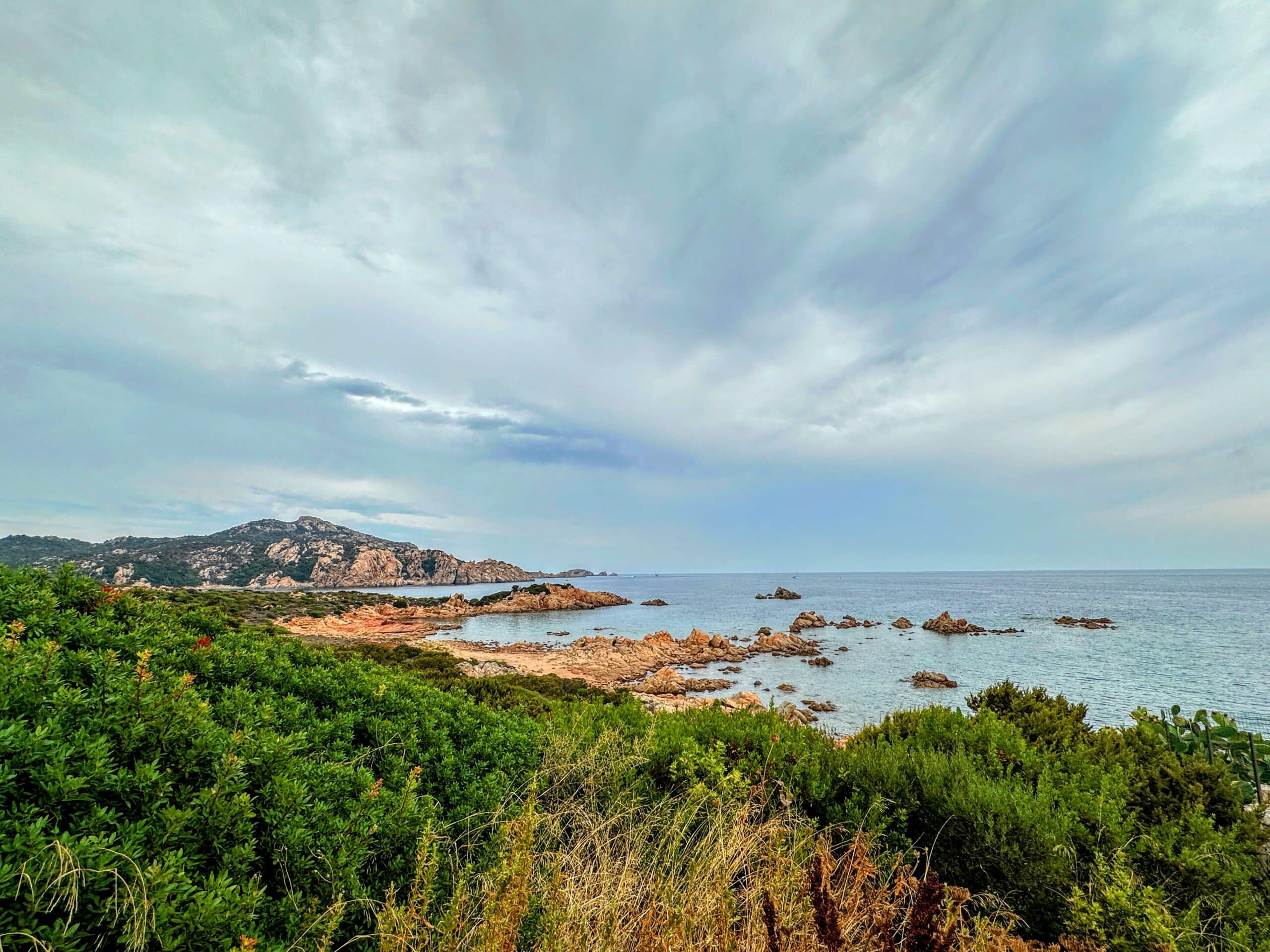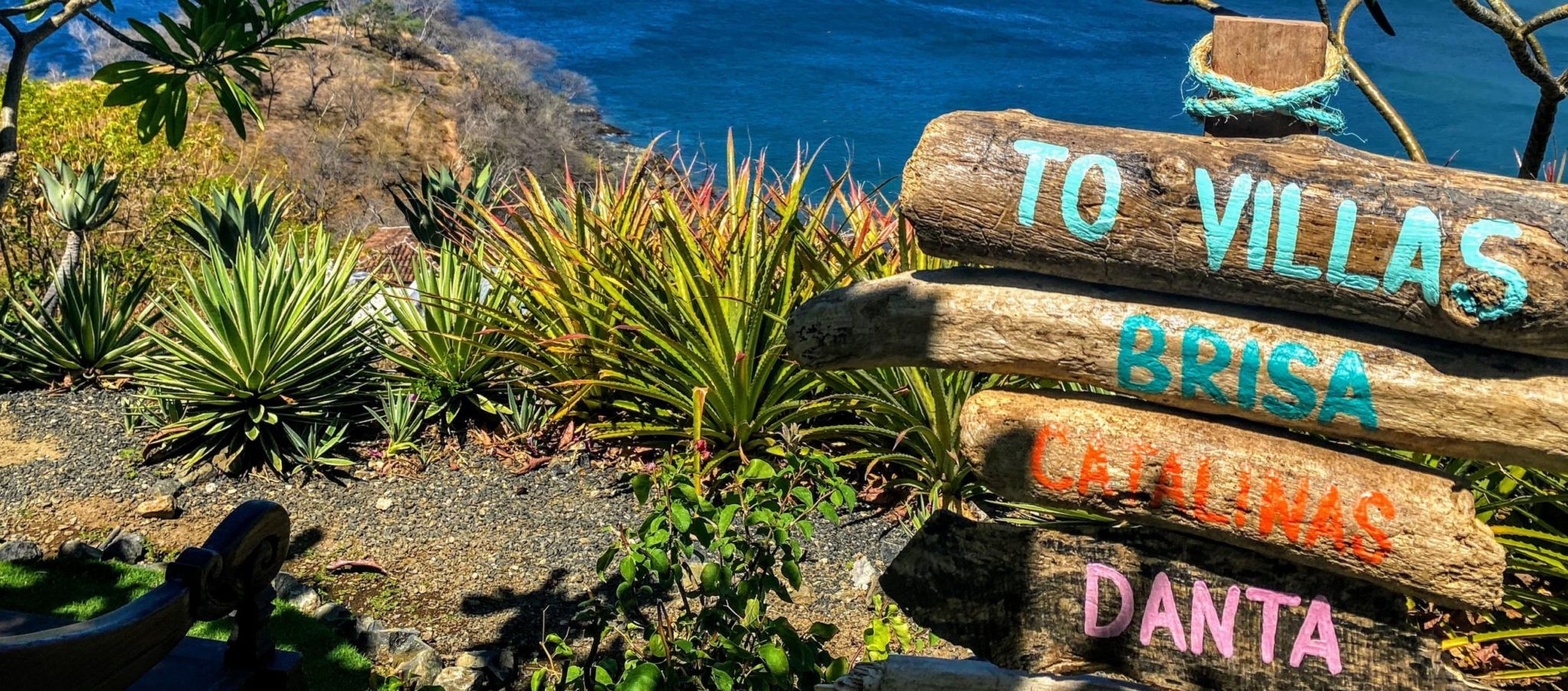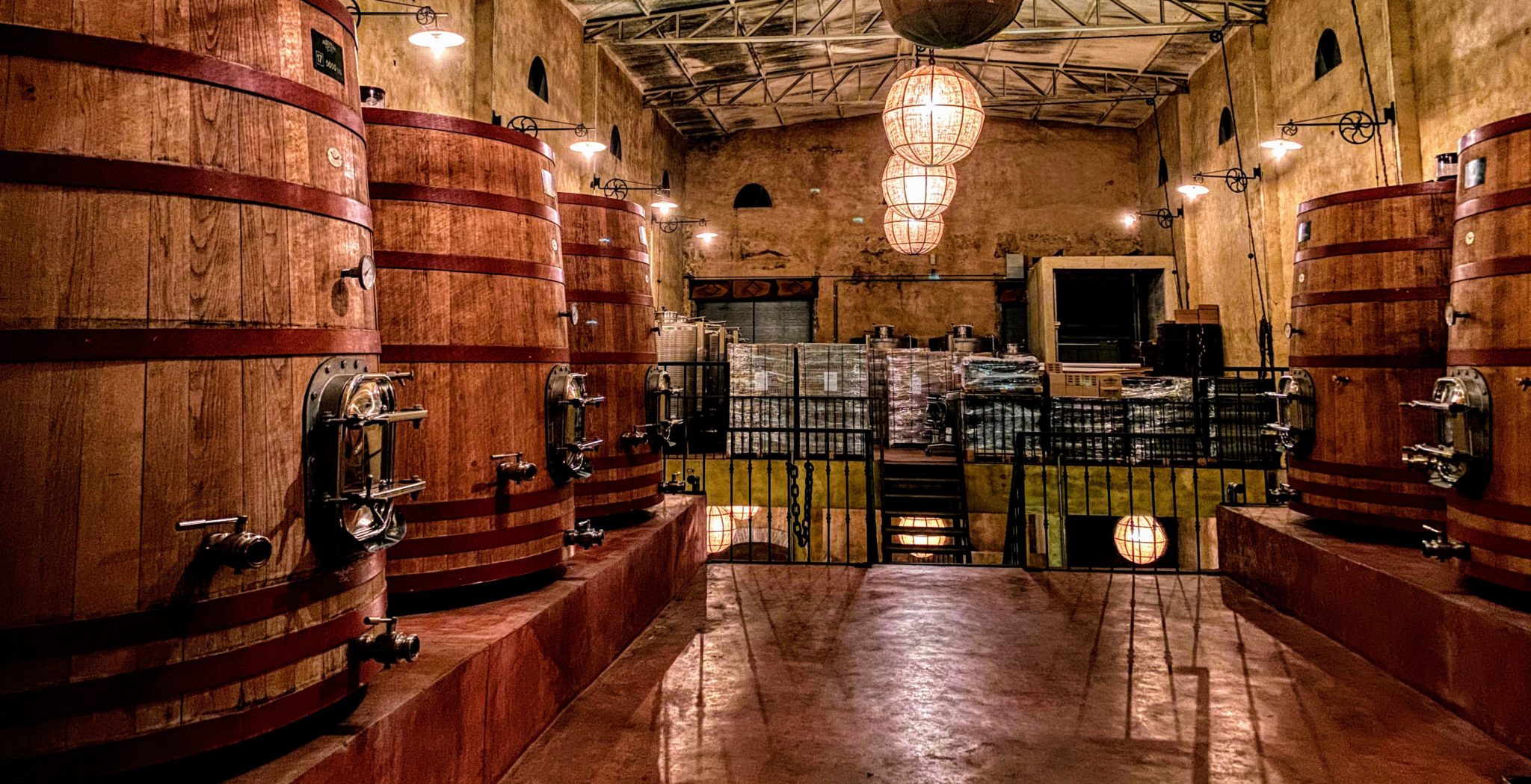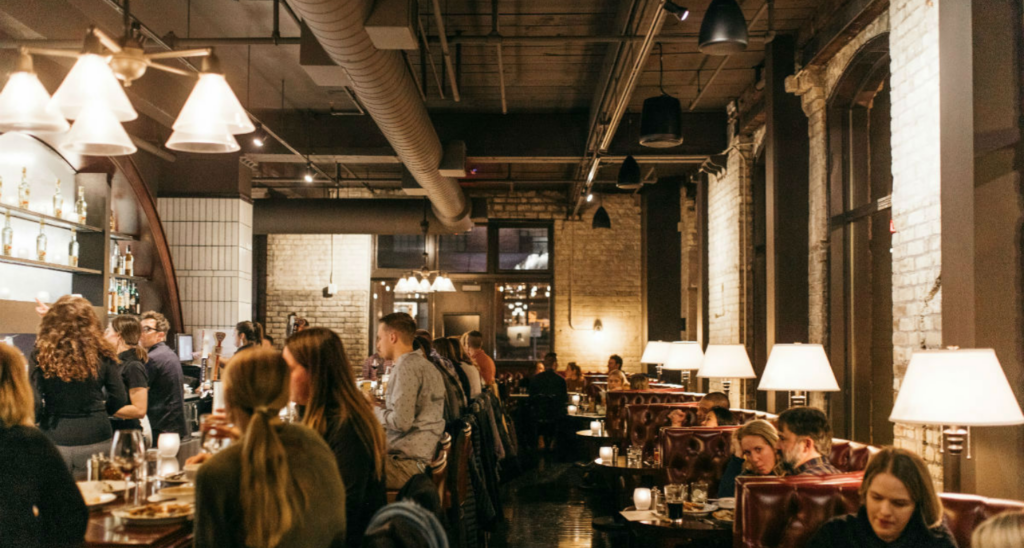February 1, 2017
It’s a good thing delivery pizza isn’t big in India.
Why?
The country has garbage scattered everywhere. Cows are also everywhere. They have their run of the place and they like to eat the garbage, which includes a lot of cardboard boxes. (Maybe we can blame Amazon for that, too?) If India was big into delivery pizza, I’m certain the cows would only eat the delivery pizza boxes, not just the regular boxes. Would you go back to eating a basic box after a pizza delivery box?
India impacts you.
It plays with your emotions, rattles your reality, and sends your senses into a tailspin. And watching Slumdog Millionaire can’t prepare you.
It is made of entirely of extremes.
The sheer garbage and filth is contrasted with incredible landscapes, hills, and flowers.
The poverty on the streets (but with very little begging) is contrasted with the poshest, most over-the-top hotels mere feet from the masses of humanity.
“We’ll send for the doctor.”
We arrived in New Delhi mid-evening, meeting our friends at the Aman hotel (which has since been renamed the Lodhi) in the city. In the darkness, the first impression was more scent than sight—and we got a noseful of an odd, ashy, burning smell.
Our friends were outside the Aman eating an amazing dinner of meats, spreads, lentils, and the all-important naan bread. We immediately sat down and begin eating the delicious food, enjoying the momentary lap of luxury. The hotel was amazing, and our room was nearly as big as our loft at home.
Following two days in Delhi, including touring old Delhi, we were immediately immersed in the sheer shock of the day-to-day lifestyle in Delhi. Fascinating, filthy, and filled with beautiful people. We encountered more goats and cows on the road than I ever saw in farm fields. We dove into the belly of the city, good and bad, and we learned.
The electrical wires/phone wires/data wires were mindboggling. The tuk tuks (auto rickshaws otherwise known as three wheels of utter insanity) and motorcycles were dominant. We saw entire families of six riding on one motorcycle.
When we got out of our cab at the unofficial entrance of old Delhi, we were immediately picked up by an impromptu tour guide. After trying to shake him, we got used to him and learned from him. He didn’t want a thing—not even money.
He just wanted to practice his English in hopes of one day becoming an actual guide. Even with his severe limp from a birth defect, he walked faster than any of us and was a joy to learn from.
Since our trip was focused in Rajasthan (the Land of Kings in NW India, known as the more beautiful, upscale part of the country), our next stop was Jodhpur. It’s called the Blue City due to the vivid blue-painted houses around the Mehrangarh Fort, which we visited the first day.
Then the itching began.
My ankles had been severely bitten by something that very first night dining outside. As I was shoveling naan and tandoor chicken into my mouth, some small beasts were similarly feasting on my ankles.
“Stop it, you look like a little kid with ADHD,” my friend barked at me after watching me take one foot then the other and literally scrub the opposing ankle. I started the scratching with my fingers until he threatened to tape gloves onto my hands.
I begged and pleaded with everyone in our little group for ideas of how to relieve the itching. Benadryl? Nope, didn’t work. Aquafor to kill the fire? Not a chance. Everyone had ideas, but nothing worked.
After the series of giant red volcanoes on my feet erupted, I walked up to the front desk at our hotel.
“I’m having a severe allergic reaction to some sort of insect bite,” I explained. (Thankfully, everyone so far in India spoke perfect English.) “Do you happen to have any first-aid capabilities in the hotel?”
“Oh, we’ll send for the doctor. He’ll be at your room within 30 minutes,” the gentleman said with a wide smile.
Okay, that’s a first. I went back to my hotel room and waited about 15 minutes, then came a knock on the door.
In came a kind, older Indian doctor who spoke perfect English toting an old-school doctor’s bag, the likes of which I haven’t seen since an episode of Little House on the Prairie.
After a quick glance at my feet and a few questions, he began pulling out random pills that all looked pretty similar and looked as if they’d been taken from a pharmaceutical rep’s sample bag. None of them had any markings or identification at all.
“Take this one three times a day. Take this one every other day. Take this one in the morning, but only with breakfast; it can make you very sick. Take this one right now,” he rattled off instructions as he handed me a small white pill and a bottle of water.
I obeyed and swallowed, with no clue what it was.
“Take this one tomorrow with lunch,” he finished.
“Umm, can you go over that again, and I can note and write them down?” I asked. “And what exactly am I taking?”
“They will help the inflammation. I am not sure what may have bit you,” he answered. “Please put this lotion on your feet.”
Calamine lotion. Seriously? Of all of the adults I consulted who have kids and supposedly possess life experience, none of them could have come up with calamine lotion? Nice.
Whatever I took (I still have no clue), whenever I remembered to take it, combined with the lotion, was a success.
Thar Desert
Off to the Thar Desert for a one-night stay in a true tent camp. The experience was highlighted by riding a camel to a ridge line to drink cheap red wine out of plastic cup, and watch the sunset over towards Pakistan.
Magical.
Bicycling in India?
It was hands-down the toughest bicycling we’ve ever had. First, the roads—if they can be called that. Even the ones paved ones were filled with holes and giant rocks, with no shoulder.
Even worse, it was like the game Frogger when you neared a town—jam-packed with obstacles.
The most memorable experience in all of India was cycling through Udaipur to our hotel. When our guides recommended that most of us really shouldn’t bicycle in the town, he and I immediately decided to try.
What a trip.
There are no lanes on the roads. Any sorts of marked divisions are mere suggestions. The roads aren’t just filled with cars emitting Diesel fuel, they also have the following:
- Cows
- Goats
- Men with sickles (surprisingly quite a few)
- Motorcycles
- Tuk tuks
- People walking (yes, in the roads made for cars. Sidewalks never quite took off here)
- More cows
- Truck-looking things with either groups of people or piles of hay in the back, randomly backing into the road
- Camels
- More cows
The only rules are as follows:
- Try not to get killed (good plan)
- NEVER hit a cow. If you want to end up in an Indian prison, mess with their cows or eat a hamburger (which don’t exist in the country) in plain sight.
The Caste System
The caste system is alive and well in India. It’s a system of social stratification, which has pre-modern origins but remains an important part of society.
From what we understood, there are four social classes, and another group or two that don’t even make the cut. You are born into your class, and you cannot change that.
It means you shouldn’t marry outside of your class.
It also means if a sacred cow dies by the side of the road, everyone will ignore it until a member of the right social class (I’m guessing the bottom of the totem pole) comes to remove it.
“Don’t go to the Taj Mahal”
I know it looks beautiful in pictures, but I strongly recommend against going to the Taj Mahal. I’d been told that by others, but of course didn’t listen. It’s a long way from anywhere, located in the city of Agra. In the scope of Indian cities, Agra was one of the filthiest we saw, and the Taj Mahal and Oberoi hotel overlooking it are really the only things there.
It requires a long, uncomfortable train ride to Agra. The other way is by car. Given the state of the road system, the car ride took nearly 7 hours to get back to Delhi, while the train took three. (The trains only run once a day, thereby trapping you in Agra. Hence the decision for the car to get out of dodge.)
There is literally nothing to see at the Taj Mahal. The best view and impression is the first, and from a distance. Once you get close, you stand in a massively long line to walk through. The walk through took 3 minutes—I timed it. There’s nothing inside.
If you don’t take my advice and make the trip, the Oberoi hotel is a respite. Have a meal there or, if you’re trapped, stay there.
The Countryside
The entire countryside was also a study in contrasts. We saw people bathing in dirty ponds and streams, free-range goats and cows (meaning wandering on roads, buildings, or fields….whatever they wanted). There were farmers using oxen and women carrying water and supplies on their heads. It was all beautiful.
The Highlights:
The monkeys:
Monkeys are everywhere. But the best was cycling past monkeys by the side of the road that are trained to come and beg for food when they know the tour buses are coming by.
Kumbhalgarh Fort:
A world heritage site in the Hill Forts of Rajasthan, built in the 15th century by Rana Kumbha. From its site atop a hill, it looks like a mini Great Wall of China with spectacular views of the countryside.
The hotels:
Hotels were all over-the-top. Most memorable were in Udaipur and included the Oberoi, the Taj Lake Palace, and the Leela. The staff to guest ratio is about 10 to 1.
The food:
I was banking on getting food poisoning and losing a few pounds. Just the opposite. The food was really incredible and flavorful. After a few weeks, though, the lack of variety is a bit of a buzzkill.
And we found sparkling wine:
Sula Brut. And it wasn’t bad.
The people:
They value education and other people. They take pride in even what little they have. They are kind, tender, enthusiastic, and always have wide smiles and big greetings for everyone. Our favorite moments were cycling through the countryside, when schoolchildren in their uniforms would come running out calling loud “hellos” in English.
And all the children are beautiful.






